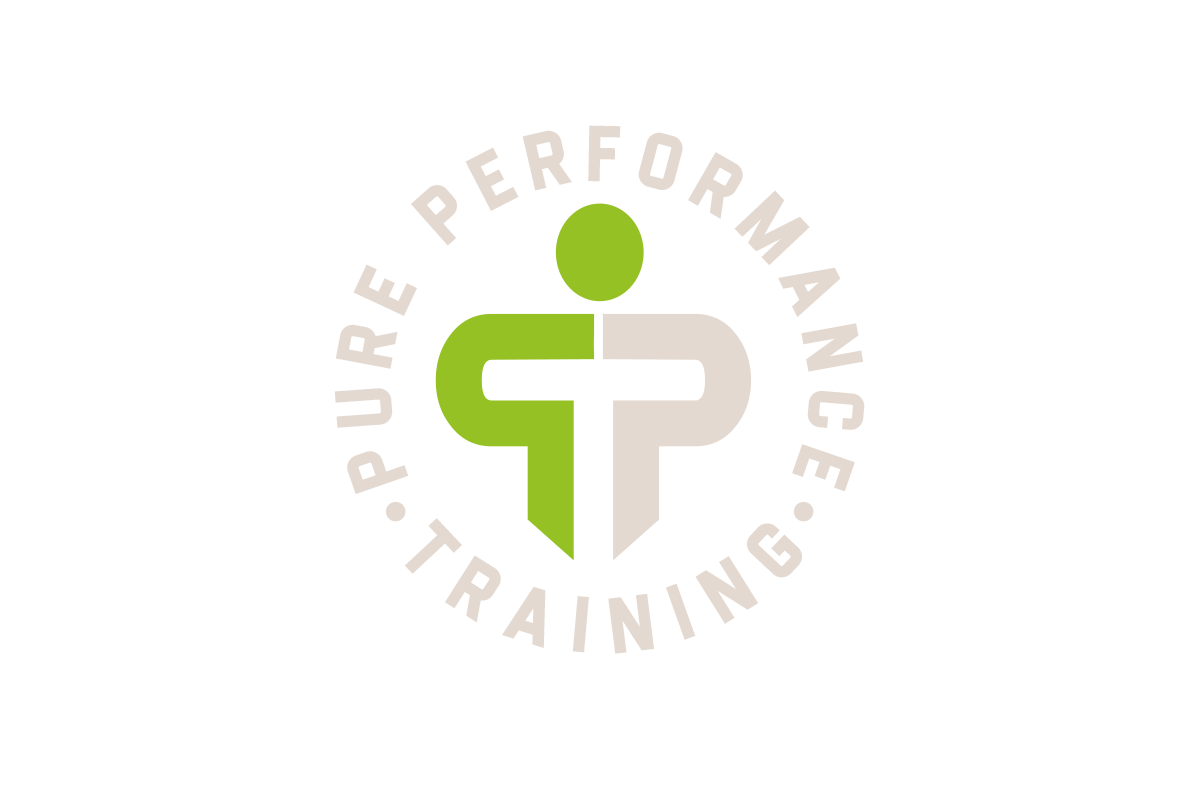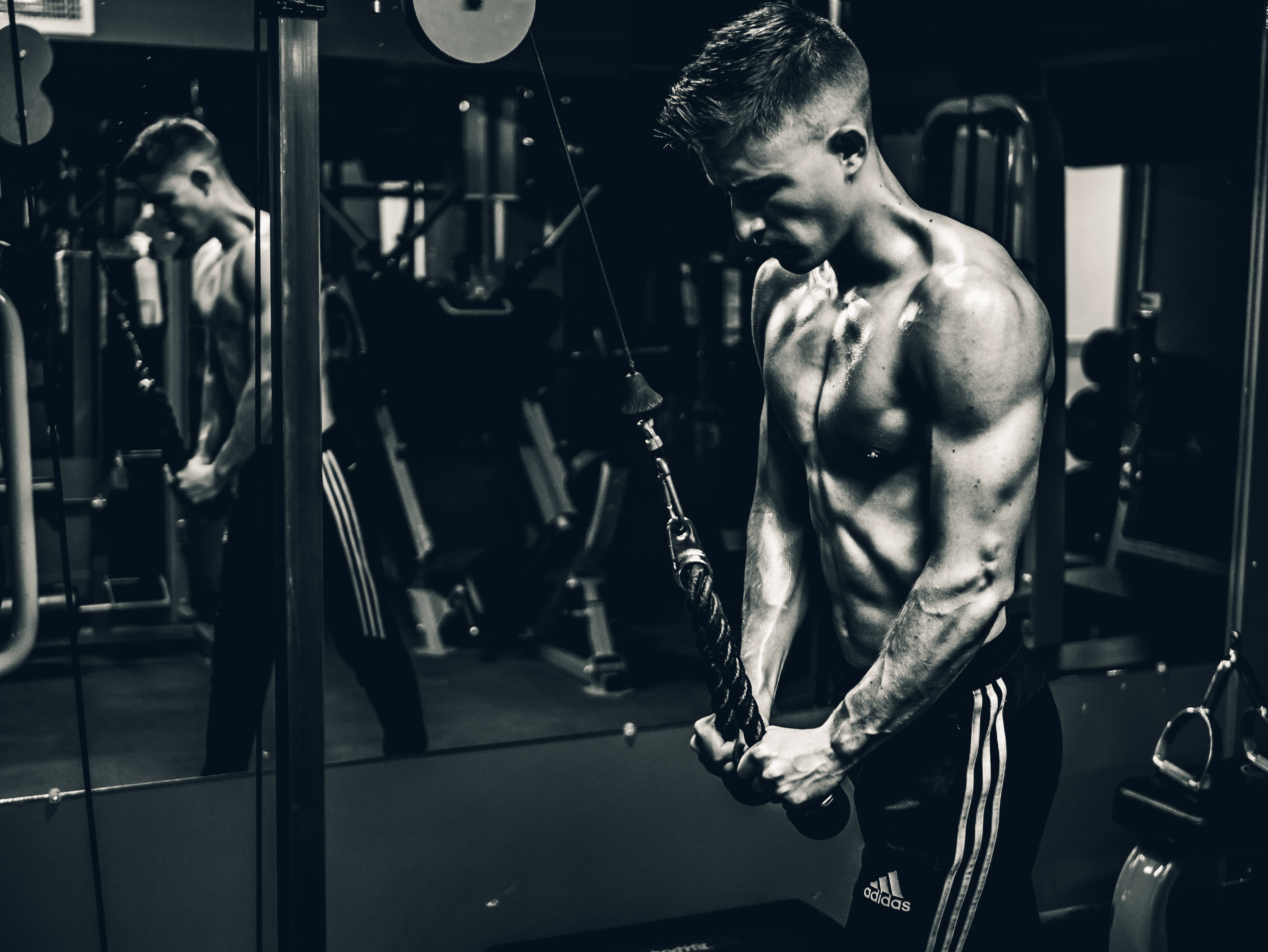TRICEPS: THE OVERLOOKED COMPONENT OF SHOULDER STRENGTH
When shoulder injury strikes, athletes often turn their focus to strengthening the rotator cuff or improving thoracic rotation. But there’s an often overlooked muscle whose work we rely on to create the kind of power and stability required of baseball and softball players, swimmers and other overhead athletes.
Enter the triceps.
Typically, we think of the triceps as the three-headed muscle responsible for elbow extension. But to understand the important role this muscle plays in shoulder injury and recovery, we’ll focus here on the long head of the muscle group.
The triceps is a group of muscles located the back of the arm, attaching on the scapula and shoulder and at the posterior elbow. The long head, apart from the other triceps muscles, has a role in stabilizing the shoulder joint. A weak long head of the of the triceps can create poor positioning of the scapula resulting in shoulder pain, lower velocity when throwing or limited range of motion. As a result, surrounding muscles and joints may compensate, creating systemic problems in the shoulder region.
Any individual looking to prevent or recover from a shoulder injury should include the following triceps exercises as part of a comprehensive shoulder program.
Supine Tricep Curls
Lying on your back, holding a lighter weight dumbbell in your hand, reach your arm directly above you, lifting your shoulder off the ground. Maintain that reaching position as you bend your elbow 90 degrees. As you bend your elbow, you should feel your serratus anterior and triceps activate. Straighten the elbow.
Perform 3 sets of 10-15 reps of the exercise, ensuring you maintain activation of the serratus and triceps rather than your neck.
Row to Kickback
You may stand or assume a half-kneeling position for this exercise. Using a cable or band, perform a one-armed row, ensuring your elbow does not move excessively past your body.
Maintaining shoulder position, straighten your arm (arm should be extended about 45 degrees from your body). Back of your hand should face behind you, and you should feel the back of your arm engage.
Incorporating these strengthening exercises as part of a comprehensive shoulder program will help you dominate your competition, throw harder, and avoid being sidelined by injury.
TRICEPS: THE OVERLOOKED COMPONENT OF SHOULDER STRENGTH
When shoulder injury strikes, athletes often turn their focus to strengthening the rotator cuff or improving thoracic rotation. But there’s an often overlooked muscle whose work we rely on to create the kind of power and stability required of baseball and softball players, swimmers and other overhead athletes.
Enter the triceps.
Typically, we think of the triceps as the three-headed muscle responsible for elbow extension. But to understand the important role this muscle plays in shoulder injury and recovery, we’ll focus here on the long head of the muscle group.
The triceps is a group of muscles located the back of the arm, attaching on the scapula and shoulder and at the posterior elbow. The long head, apart from the other triceps muscles, has a role in stabilizing the shoulder joint. A weak long head of the of the triceps can create poor positioning of the scapula resulting in shoulder pain, lower velocity when throwing or limited range of motion. As a result, surrounding muscles and joints may compensate, creating systemic problems in the shoulder region.
Any individual looking to prevent or recover from a shoulder injury should include the following triceps exercises as part of a comprehensive shoulder program.
Supine Tricep Curls
Lying on your back, holding a lighter weight dumbbell in your hand, reach your arm directly above you, lifting your shoulder off the ground. Maintain that reaching position as you bend your elbow 90 degrees. As you bend your elbow, you should feel your serratus anterior and triceps activate. Straighten the elbow.
Perform 3 sets of 10-15 reps of the exercise, ensuring you maintain activation of the serratus and triceps rather than your neck.
[/fusion_text][fusion_text]
Row to Kickback
You may stand or assume a half-kneeling position for this exercise. Using a cable or band, perform a one-armed row, ensuring your elbow does not move excessively past your body.
Maintaining shoulder position, straighten your arm (arm should be extended about 45 degrees from your body). Back of your hand should face behind you, and you should feel the back of your arm engage.
Incorporating these strengthening exercises as part of a comprehensive shoulder program will help you dominate your competition, throw harder, and avoid being sidelined by injury.

